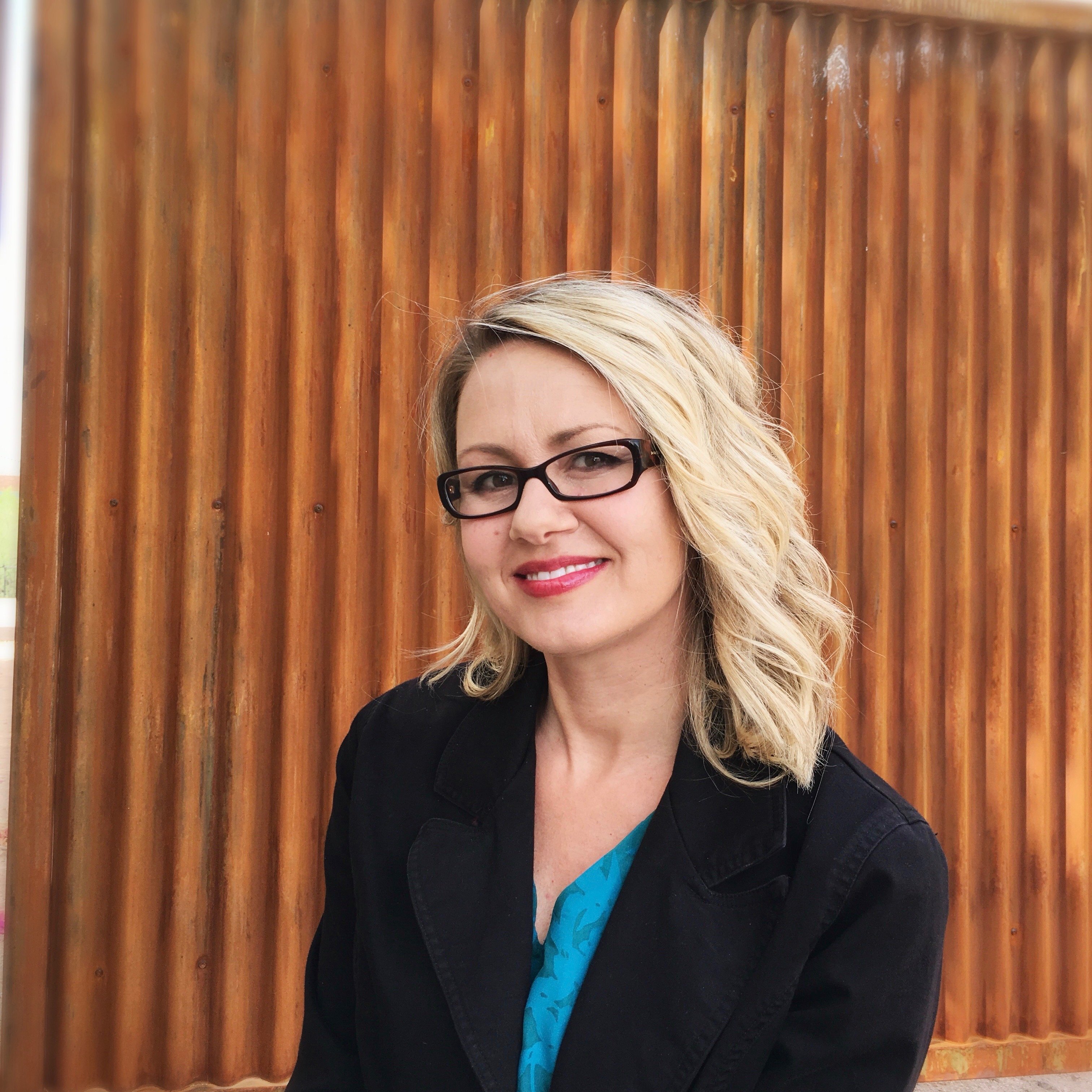Oro Valley Eyes Downtown Development But Needs More Millennials First
Oro Valley is a fairly new town. What was once vast desert on the northwest border of Tucson, it became an official town in 1974 after a smattering of individual homes over a few large lots sprung up. The town grew as residents bought more land and residential communities were developed across the town. At one point, Oro Valley was the fastest-growing municipality in Arizona, but the demographics were skewed toward retirees and the economic benefits from local businesses were lacking.
The town shifted again over the next few years, from mostly a retirement community to an attractive pick for families and professionals. Activity has picked up in recent years as the town started to receive recognition, like being named the ‘8th Safest Suburb in America’ and consistently receiving accolades for being one of the ‘Best Among Small Cities.’
Throughout the emergence of the town, including the introduction of bio-science and high-tech companies like Ventana Medical Systems, as well as over 20,000 housing units, there have never been any plans for a centralized area to be considered “downtown.” But that changed in 2016 with the launch of The Main Streets project. A new focus was put on creating walkable streets full of cultural activity, the first steps toward creating a true downtown center.
The town identified two possible Main Street locations — the intersections of North La Cañada Drive at West Lambert Lane and North Oracle Road at North First Avenue — where dining, shopping, civic attractions, and nightlife would give residents a place to gather, according to Tucson Local Media. But even with the most fashionable boutiques and trendiest eateries, the town realized that in order to make the locations popular, something was missing — people.
At a recent town council study session, a presentation on the Main Streets project showed that in order for the town to grow to its highest potential, it needs to figure out how to attract a younger population. The recommendations that came out of that session focused on the need for more housing, specifically high-density housing.
Oro Valley has seen a lot of success when it comes to master-planned and luxury communities. Rancho Vistoso is the top-selling community in town, and one of the most lucrative in Arizona. Heritage Homes’ Sanctuary at Silverhawke just celebrated their grand opening. Meanwhile, several other large communities are already in the works.
However, with the current median age at 49.8, new construction median prices at $485,000 and average resale prices around $311,000, those numbers don’t always bode well for first-time homebuyers, who are often millennials.
According to real estate development consultant Lucinda Smedley, Oro Valley’s problem is that it grew up so fast and so successfully that it’s making it hard for new residents to afford to live here. “Oro Valley has become one of the least affordable communities,” Smedley said at the council session. “We know that many residents view that as a source of pride, but the downside is that younger home buyers have been priced out of Oro Valley. It has become a deterrent for creating a more sustainable future for the town.
According to one person behind the Main Streets presentation, what the aforementioned intersections need is more rooftops. In other words, more homes. There are roughly 5,800 residents within a mile-and-a-half of Lambert and La Cañada and 8,500 within the same perimeter around Oracle and First. Neither of those numbers provides enough residents to support a thriving downtown.
As a point of comparison, the Casas Adobes Plaza in the Casas Adobe Estates neighborhood is surrounded by 6,200 households (13,000 residents) within a mile-and-a-half. That provides enough locals, customers, and commuters to make it worthwhile and successful.
More will be revealed in the coming months on whether the study session will have an influence on the development of new condos and affordable housing in Oro Valley. Mayor Satish Hiremath relayed his thoughts on the recommendations with caution, noting that the economic desire for expansion while also maintaining a small-town feel is always the “big fight.”

